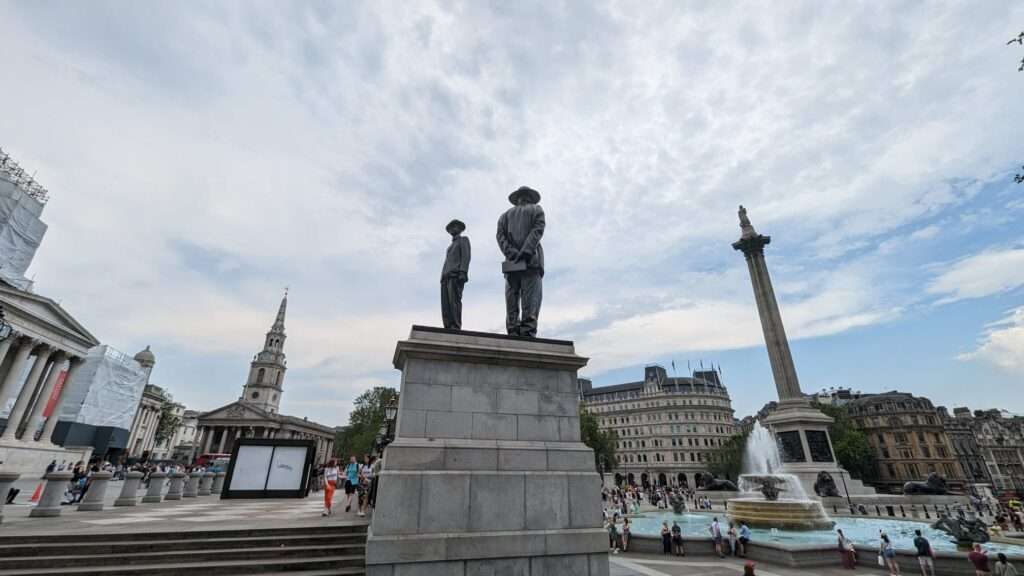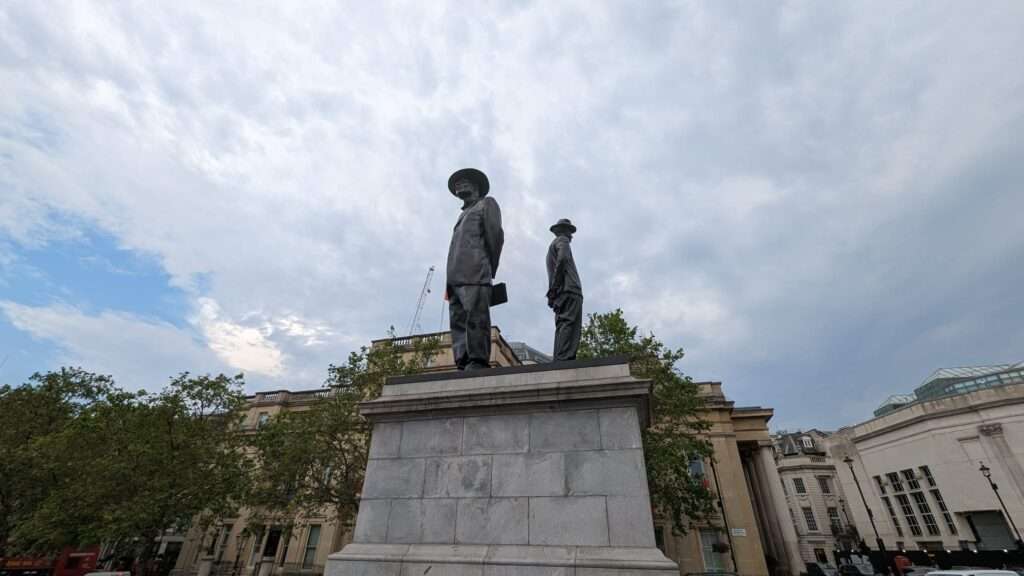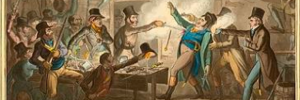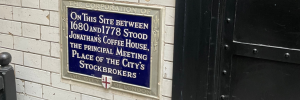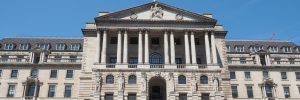In this blog post, we embark on a journey to uncover some of the fascinating royal links associated with Trafalgar Square. In this first instalment, we delve into the square’s past as the site of the royal mews and explore the lavish home of George IV, which continues to leave its mark on the present-day square. We will also discover the abandoned plans for a statue of King William IV, who the square was initially intended to honour.
Trafalgar Square’s Royal Mews: A Historical Legacy
Trafalgar Square, inaugurated in 1844, was originally intended to bear the name “King’s Square” in homage to King William IV (1830 – 1837). Additionally, a magnificent equestrian statue of the king was planned for the western plinth. However, due to funding constraints and unforeseen circumstances, King William IV was not commemorated with a statue, and the square was ultimately not named after him. Instead, a nearby road was named King William IV Street, while another adjacent street was dedicated to his wife, Queen Adelaide.
Trafalgar Square’s Royal Mews: A Historical Legacy
The decision to name the square “Trafalgar Square” emerged from its association with the British naval victory against France and Spain in 1805, during the Napoleonic Wars. The plans for the statue of King William IV encountered financial difficulties and were consequently abandoned.
For nearly a century, the plinth designated for the king’s statue remained empty until 1999. Since then, temporary artworks have graced the plinth, providing an ever-changing display. Presently, the sculpture “Antelope” by Samson Kambalu adorns the plinth. The artwork features Revd. John Chilembwe, an African man who valiantly fought against British colonial rule in Nyasaland (now Malawi) and ultimately lost his life in the struggle. Chilembwe stands alongside John Chorley, a friend and Christian missionary. The statue emphasizes their significance by increasing their height, highlighting the underrepresented nature of their stories. Notably, both figures wear hats, defying the colonial rule that forbade Africans from wearing hats in the presence of white individuals—a poignant representation of the historical oppression endured.
The National Gallery: A Royal Legacy
Taking centre stage on the north side of Trafalgar Square is the majestic National Gallery. The current building, erected in 1838, partially occupies the site where the royal mews once stood.
Evidence suggests the existence of a royal mews dating back to at least 1377 during the reign of Richard II. Some historical accounts even propose the presence of a mews during the reign of Edward I. These mews served as the housing grounds for royal hunting hawks, providing them confinement during their moulting period. The French word “muer,” meaning “to molt,” led to the term “mews” being associated with these facilities.
A devastating fire in 1534 prompted the reconstruction of the mews, which then shifted their purpose to accommodate stables for horses. Despite this change, the name “mews” persisted. In 1732, renowned architect William Kent undertook the task of rebuilding the stables. However, in the 1820s, the mews were relocated next to Buckingham Palace’s grounds.
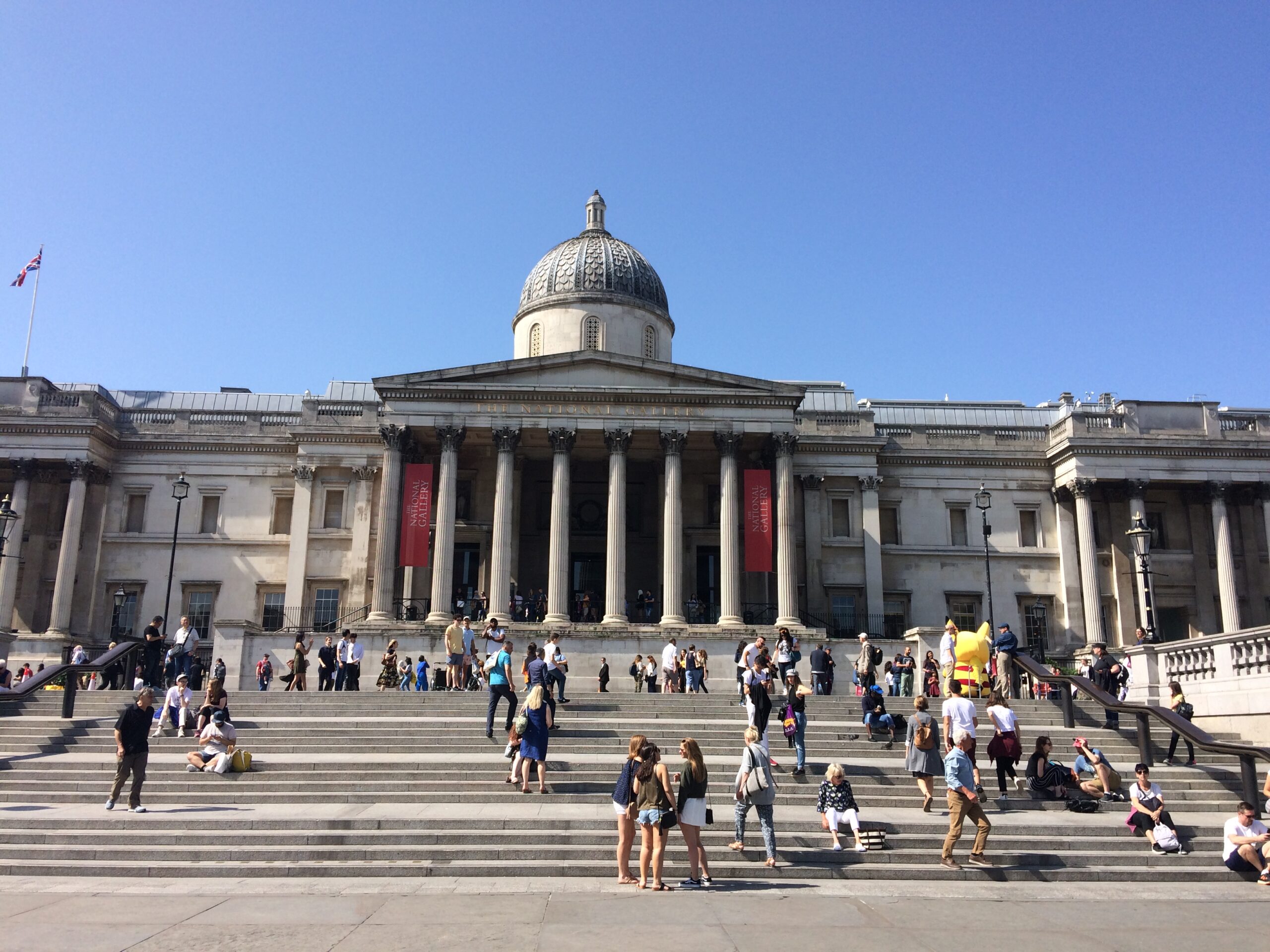
George IV’s Lavish Home
George IV, who reigned from 1820 to 1830, played a significant role in shaping the development of Trafalgar Square. Before ascending to the throne, George IV resided in Carlton House, a lavish residence located a quarter-mile away from the present-day square. Upon becoming the Prince of Wales in 1783, he moved into Carlton House and spared no expense in adorning it with opulent decorations. His extravagant lifestyle, including his excessive gambling, fine dining, wine indulgence, and extravagant wardrobe, resulted in a staggering debt of £650,000 by 1795 (equivalent to approximately £80 million in today’s currency).
To alleviate the financial burden, George IV’s father and the government decided to pay off his debt, on one condition—he must marry his Protestant German cousin, Princess Caroline of Brunswick. Despite their mutual dislike for each other, they spent just one night together as a married couple. Carlton House soon became a rival court to St. James’s Palace, the residence of George III, George IV’s father. When George III’s mental illness necessitated the appointment of a Prince Regent in 1811, Carlton House effectively functioned as a palace in all but name. However, by 1826, the structure was demolished due to unstable foundations.
During his tenure as Prince Regent and later as King George IV, he enlisted the renowned architect John Nash to transform Buckingham House into a grand palace. Nash’s architectural designs and extensions to the building formed the foundation of the current Buckingham Palace. Unfortunately, nothing remains of Carlton House today, except for the pillars that were repurposed for the front of the National Gallery.
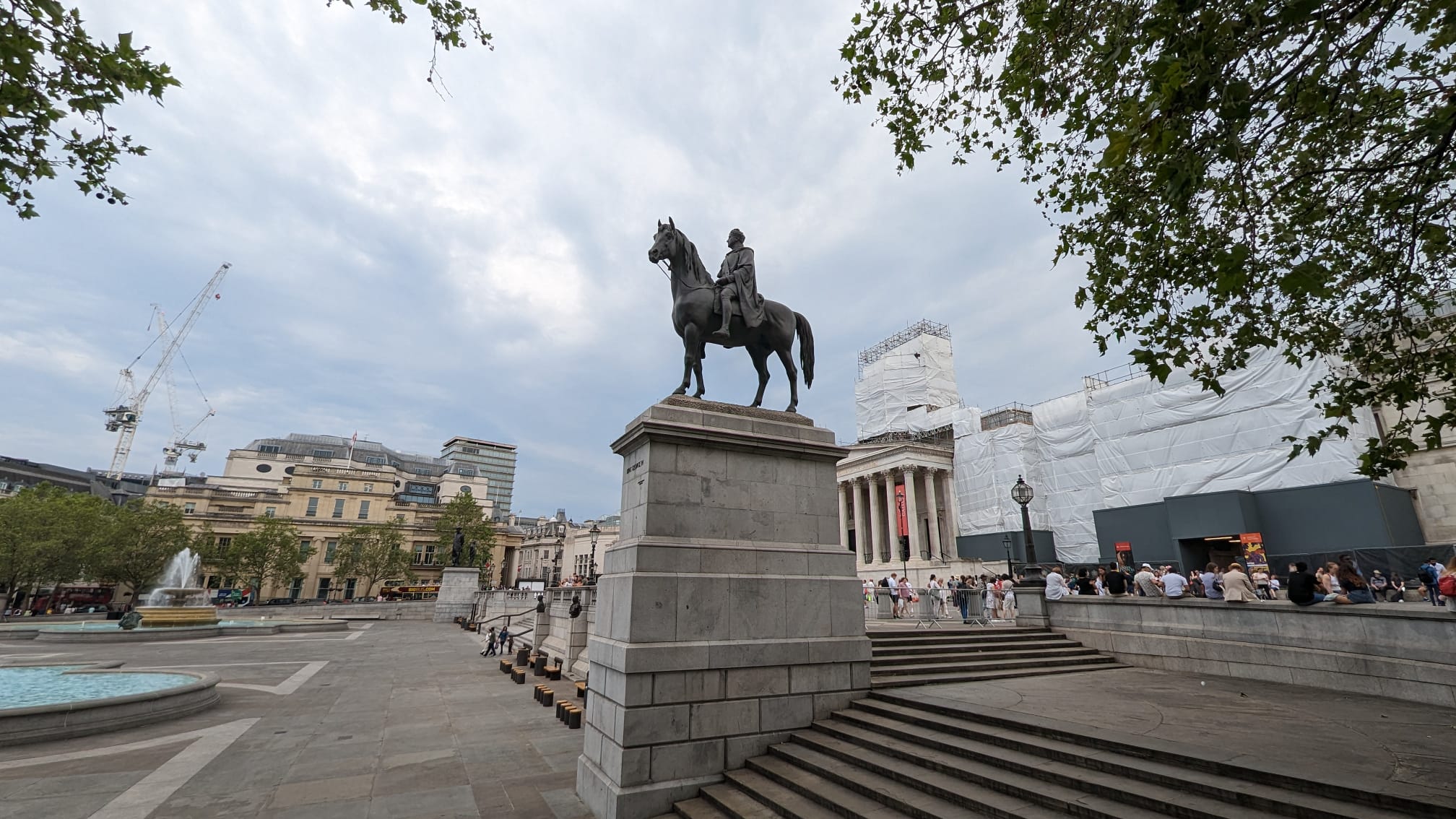
Trafalgar Square: A Testament to History and Royalty
Trafalgar Square, with its royal connections and historical significance, stands as a testament to the rich tapestry of British history. From its origins as the site of royal mews, where hunting hawks were kept and cared for, to the lavish home of George IV, the square embodies the grandeur and legacy of the monarchy. Although the original plans to honour King William IV with a statue fell through, the square found its name and purpose in commemorating the triumph of the Battle of Trafalgar.
As visitors traverse the square today, they are greeted by the impressive National Gallery, standing as a symbol of artistic and cultural heritage. The square’s transformation over the centuries reflects the evolving spirit of London, embracing both tradition and progress. Trafalgar Square continues to captivate visitors with its architectural grandeur, artistic installations, and echoes of its royal past.
Join us as we unravel the stories and royal connections within Trafalgar Square, immersing ourselves in the grandeur of the past while embracing the vibrancy of the present.
Buy tickets for a Royal London Guided Walks | Book a Private Royal London Tour
Read Trafalgar Square’s Royal Connections Part 2
Read Trafalgar Square’s Royal Connections Part 3

